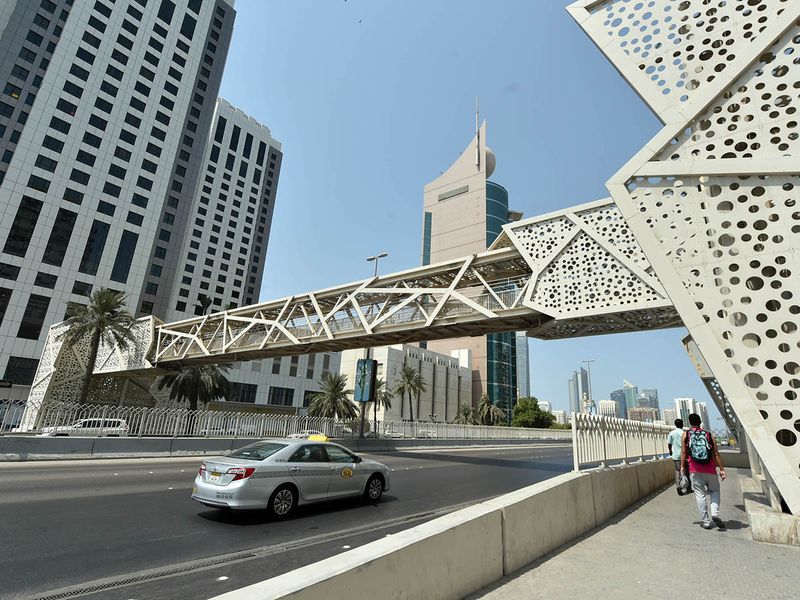
But the rise of drones and self-driving cars makes the dilemma perhaps more relevant than ever before. Our moral intuitions seem to accord with this principle.Ĭritics of the trolley problem say it is too unrealistic to reveal anything important about real-life morality. And there is evidence that people strongly distrust those who use others as a means to an end. Treating others as individuals with their own rights, wishes and needs, rather than simply objects to be used at will, is a key aspect of being a good social partner. So in versions of the trolley problem that involve physical contact, like the footbridge case above, harming one to save many is generally less acceptable than in versions that do not involve such contact, like the switch case.Īnother crucial difference between the switch case and the footbridge case is that the latter involves using a person as a means to an end. Because we learn from a very young age that violence towards others is typically punished, our moral intuitions tell us it’s wrong to take actions that physically harm others. Scientists think that our moral intuitions evolved to make us good social partners.

But in the second version of the problem, people lean deontological and believe it’s not acceptable to push a stranger to his death – again killing one to save five. Psychological research shows that in the first version of the problem, most people agree with utilitarians, deeming it morally acceptable to flip the switch, killing one to save five. In both versions of the trolley problem above, utilitarians say you should sacrifice one to save five, while deontologists say you should not. Meanwhile, the deontological perspective asserts that certain actions – like killing an innocent person – are just wrong, even if they have good consequences. The utilitarian perspective dictates that most appropriate action is the one that achieves the greatest good for the greatest number.

The trolley problem highlights a fundamental tension between two schools of moral thought. Should Adam push the stranger off the footbridge, killing him but saving the five workers?ĭid you give the same answer to the first and second versions – or different ones? What’s going on? The stranger will die if Adam does this, but the five workers will be saved. The only way to save the lives of the five workers is to push this stranger off the footbridge and onto the tracks below where his large body will stop the trolley. Next to him on this footbridge is a stranger who happens to be very large. Adam is on a footbridge over the tracks, in between the approaching trolley and the five workers.

Now consider a slightly different version:Ī runaway trolley is heading down the tracks toward five workers who will all be killed if the trolley proceeds on its present course. Should Adam flip the switch, killing the one worker but saving the other five? Write down your answer.


 0 kommentar(er)
0 kommentar(er)
